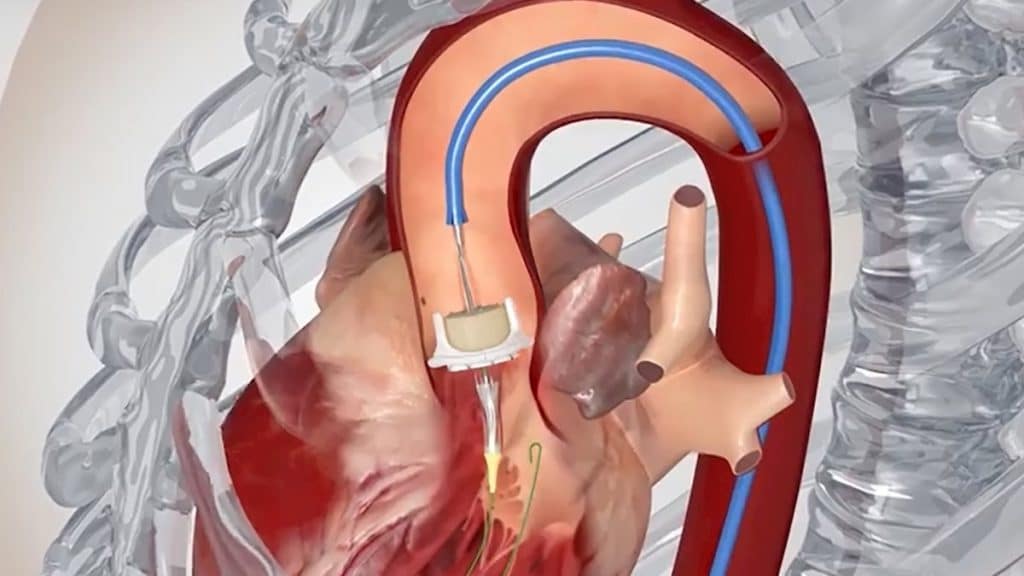Multidisciplinary Transcatheter Aortic Valve Replacement Heart Team Programme Improves Mortality In Aortic Stenosis

Objectives To analyse the effect of the implementation of a transcatheter aortic valve replacement (TAVR) and multidisciplinary heart team programme on mortality in severe aortic stenosis (AS).
Methods A retrospective, observational cohort study was performed using the echocardiography, cardiothoracic surgery and TAVR databases between 1 January 2006 and 31 December 2016. Outcomes were compared between the pre- and post-TAVR programme eras in a tertiary referral centre providing transcatheter and surgical interventions for AS.
All-cause mortality within 5 years from diagnosis was determined for 3399 patients with echocardiographically defined severe AS.
Results Of 3399 patients, there were 210 deaths (6.2%) at 30 days and 1614 deaths (47.5%) at 5 years.
Overall, patients diagnosed in the post-TAVR programme era were older, with a lower ejection fraction and more severe AS, but were less comorbid.
Among 705 patients undergoing intervention, those in the post-TAVR programme era were older, with a lower ejection fraction and more severe AS but no significant differences in comorbidities.
Using an inverse probability weighted cohort and a Cox proportional hazards model, a significant mortality benefit was noted between eras alone (HR=0.86, 95% CI 0.77 to 0.97, p=0.015). When matching for age, comorbidities and valve severity, this benefit was more evident (HR=0.82, 95% CI 0.73 to 0.92, p=0.001).
After adjusting for the presence of aortic valve intervention, a significant benefit persisted (HR=0.84, 95% CI 0.75 to 0.95, p=0.005).
Conclusion The implementation of a TAVR programme is associated with a mortality benefit in the population with severe AS, independent of the expansion of access to intervention.
